#st john's eve
Text





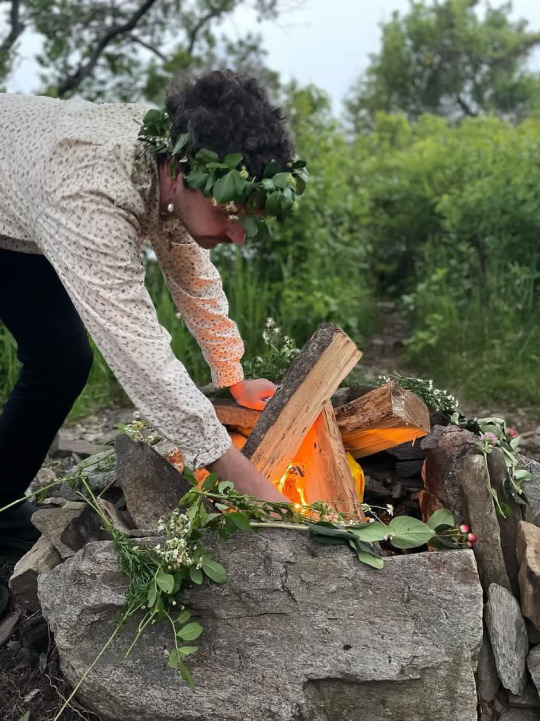


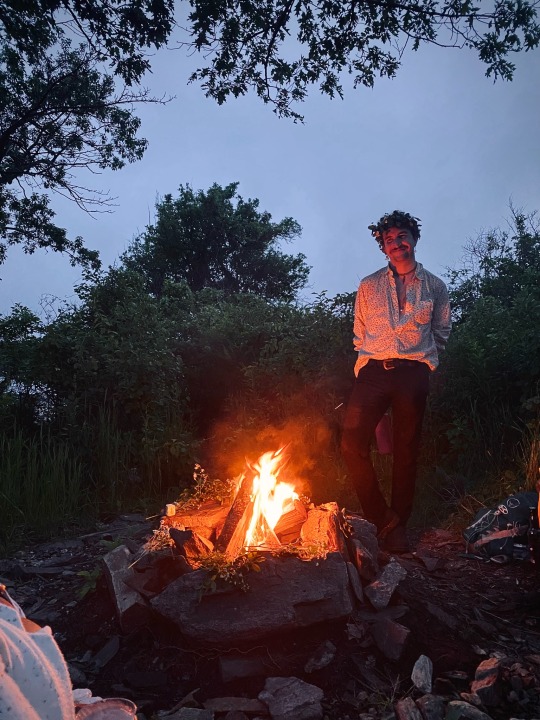
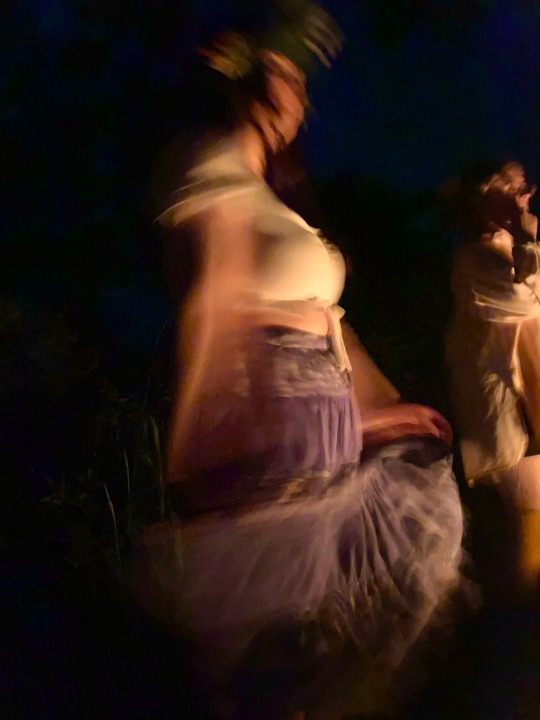
"𝑰 𝒌𝒏𝒐𝒘 𝒂 𝒃𝒂𝒏𝒌 𝒘𝒉𝒆𝒓𝒆 𝒕𝒉𝒆 𝒘𝒊𝒍𝒅 𝒕𝒉𝒚𝒎𝒆 𝒃𝒍𝒐𝒘𝒔,
𝑾𝒉𝒆𝒓𝒆 𝒐𝒙𝒍𝒊𝒑𝒔 𝒂𝒏𝒅 𝒏𝒐𝒅𝒅𝒊𝒏𝒈 𝒗𝒊𝒐𝒍𝒆𝒕 𝒈𝒓𝒐𝒘𝒔..."
- Oberon, A Midsummer Night's Dream
Escaping for an evening to the island we sang, drank, and made merry on the rocks and waves. It is a custom to carry home a coal of the Midsummer bonfire for luck. All of this week I have held close the warmth and friendship from the fire we tended, and I feel lucky indeed.
35 notes
·
View notes
Photo

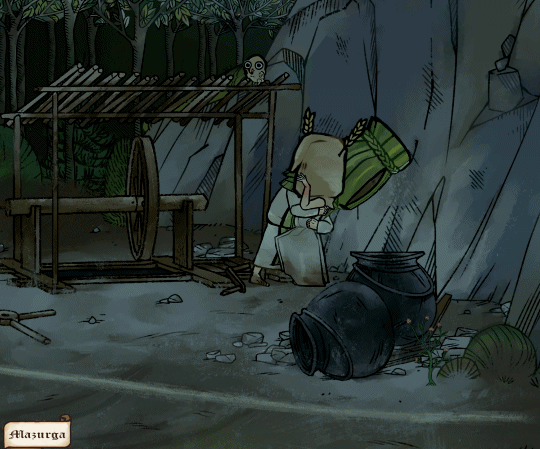
Shenanigans at the salt mine
25 notes
·
View notes
Text
Noc Świętojańska - St. John’s Eve
Gather your herbs on the Eve of St. John - it’s a long standing tradition that herbs gathered on this day possess greater potency, especially in matters of healing, magic and eroticism, and they are used in many other customs connected with Kupała. Herbs gathered after Eve of St. John were considered much less powerful (witches steal their power… or you know, piss and spit on them).
The herbs commonly harvested on that day vary by the region but some popular choices are mugwort, St. John’s wort, fern, nettle, plantago, mullein, branches of oak, ash, hazel, beech, black alder, maple and any thorns or spiky coniferous branches.
Many of those herbs (thorns, nettles, wormwood, mugwort, birch) would be used on the same evening to start a celebratory fire (sobótka) with protective properties. The remaining herbs and tree branches were used to decorate the house (usually walls and the roof) in order to shield it from evil forces and witches and ensure good luck. Wayside shrines and figures of Saints would also be decorated. Playing a defensive role, needly conifers, thistles and stinging nettle were favored in some areas. Nettle could be scattered by the windows.
Mugwort played a very significant role in most midsummer celebrations. In Polish folklore it’s viewed as one of the best remedies against witches and witchcraft. For this reason in some regions doors and fences were woven out of mugwort. During St. John’s Eve it was worn by women around their waist and placed above the doors or on the roofs (though not solely for protection - it’s supposed to draw the perfect husbands for the girls living in the house). Mugwort and burdock could be thrown into wells to protect and purify the water. Gathered on St. John’s Eve mugwort was to be carried in a pouch untill the next St. John’s Eve to protect the owner from any harmful magic. Fumigations of mugwort were thought to keep thunder strikes away from the house.
Plantago blessed on St. John’s Eve was believed to be an excellent remedy for countless ailments and was used in many forms in various treatments.
Wreaths commonly worn by girls during Saint John’s Eve could be made of periwinkle, rue, guelder-rose, buttercup, lemon thyme, tansy, lovage and many other; generally fragrant herbs with romantic and erotic associations. Ideally the herbs for the wreath were stolen from the fields belonging to the family of the boy the girl wanted to marry. In some regions they were also believed to protect the wearer from disease. Oskar Kolberg noted that at least in Lesser Poland the wreaths weren’t particularly big having roughly eight centimeters in diameter. They were tied to tiny planks on which a candle was placed and then floated on the water. The wreaths could also contain little pieces of paper containing short rhymes expressing girls’ wishes for love and matrimony.
In the region of Opoczno women used wreaths in another form of fortune-telling They'd stand in front of a linden tree, with their backs to it and threw their wreaths behind them. If a wreath was caught on a linden branch the woman was sure to get married that year.
Sources: Świat roślin w obrzędowości świętojańskiej na podstawie źródeł etnograficznych z przełomu XIX i XX wieku by Rafał Pilarek, Rośliny w wierzeniach i zwyczajach ludowych. Słownik Adama Fischera by Kujawska et. al
#polish folklore#localized practice#slavic folklore#summer#kupała#st john's eve#magia slavorum#folk magic
100 notes
·
View notes
Text
Again, in Wales it was believed that a sprig of mistletoe gathered on St. John’s Eve (Midsummer Eve), or at any time before the berries appeared, would induce dreams of omen, both good and bad, if it were placed under the pillow of the sleeper. Thus mistletoe is one of many plants whose magical or medicinal virtues are believed to culminate with the culmination of the sun on the longest day of the year.
James George Frazer, The Golden Bough
34 notes
·
View notes
Text
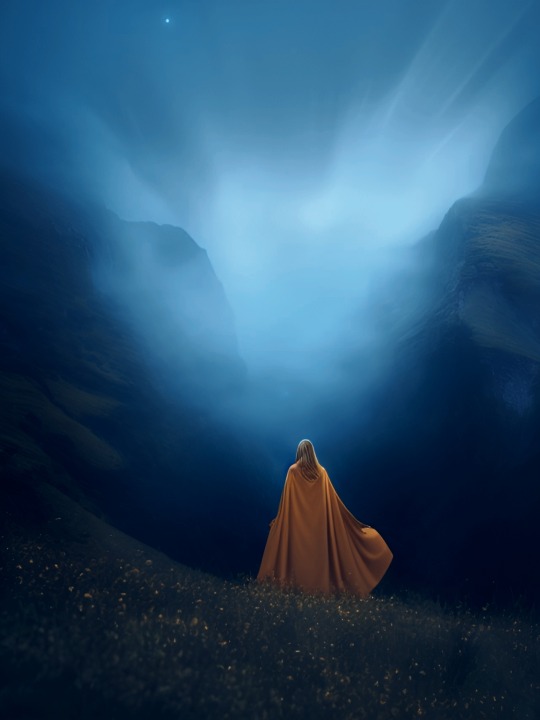
When you forgive others, you free yourself from unnecessary suffering and make room for healing. Grant yourself the same understanding that you offer others.
by La Baita del Bosco (ig: @labaitadelbosco)
#st john's eve#st johns wort#traditions#legends#lunar#essentialoils#wildherbs#foraging#foraginglife#herbalteas#labaitadelbosco
2 notes
·
View notes
Text

I'm trying my best at Cs, but I need to find more brushes.
A bit of backgroung of this fanart, where I live there is this tradition St John's Eve that bonfires are lit and people jump over them. Since his father literally jump in a bonfire, I was thinking of making a fanart of Doyle or Dormammu enjoying this custom.
5 notes
·
View notes
Text





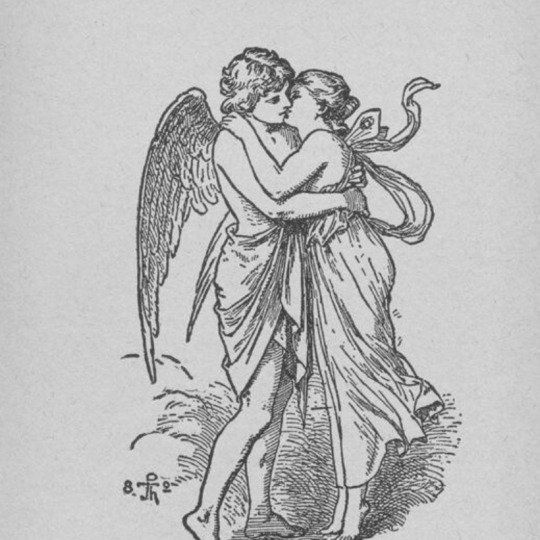


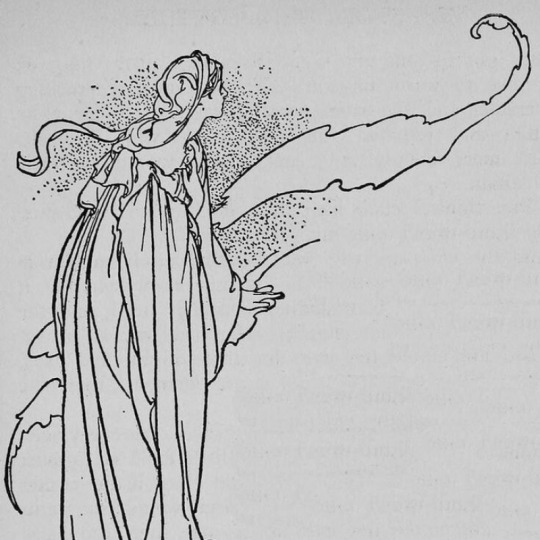
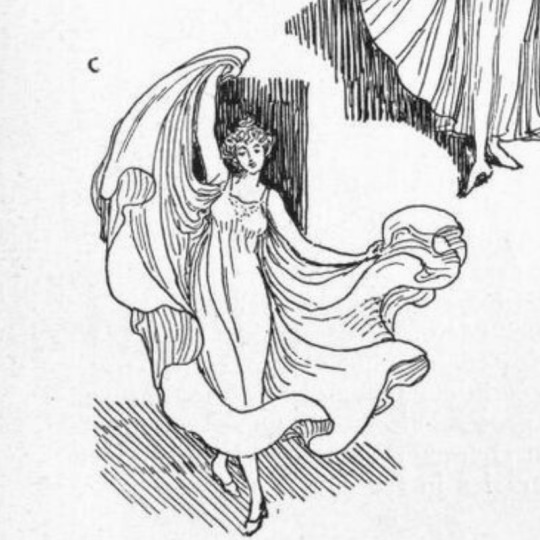
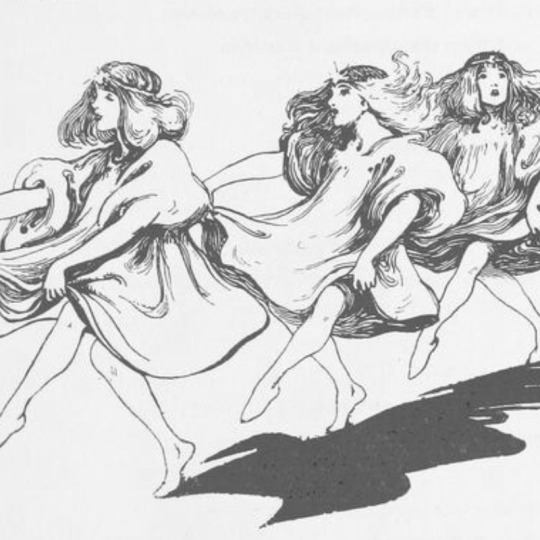
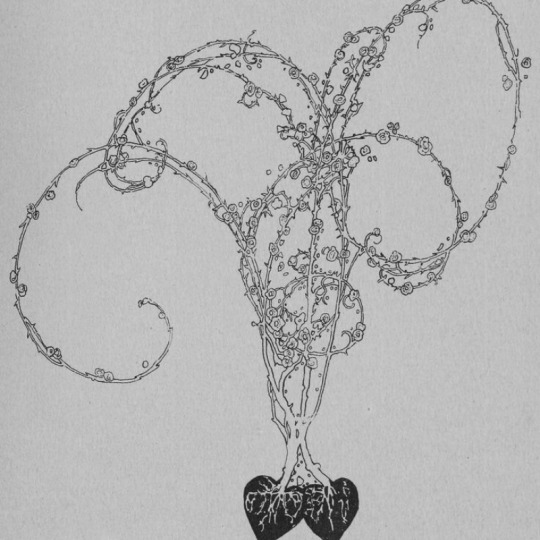


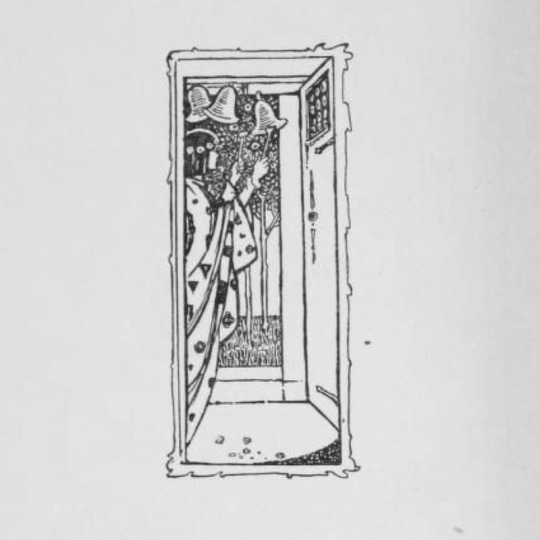





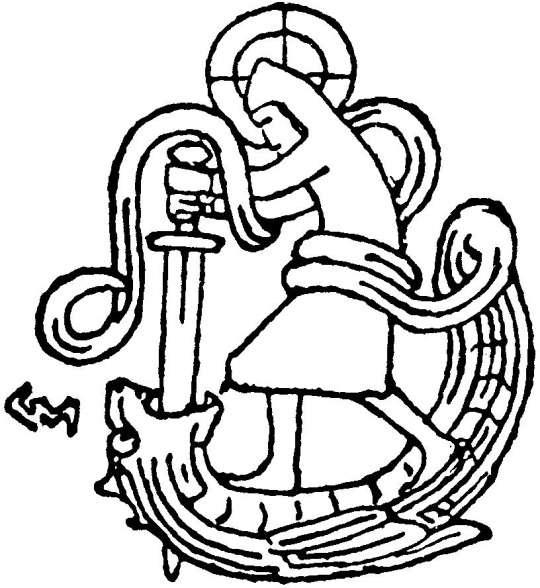

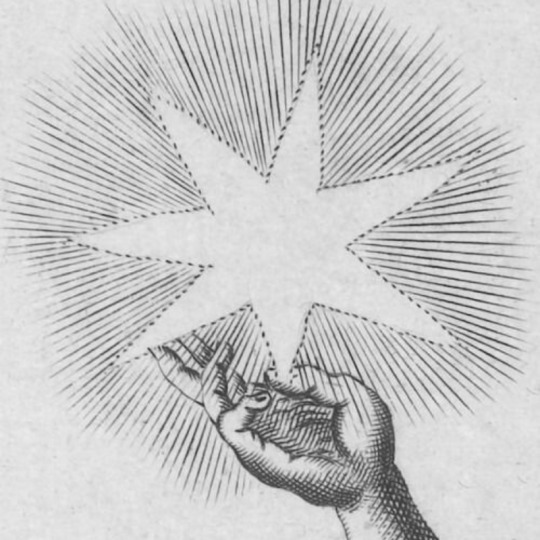

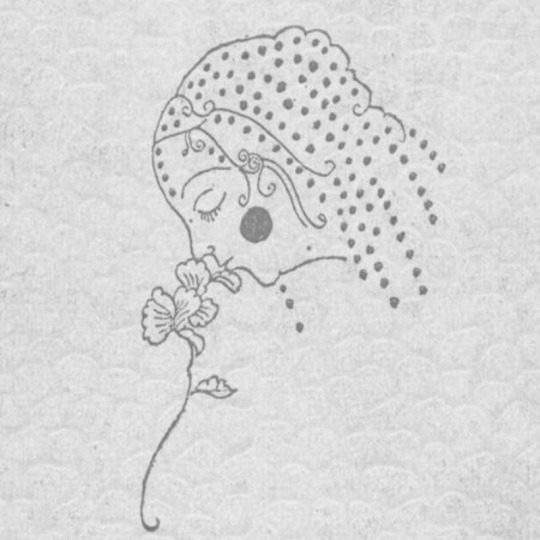
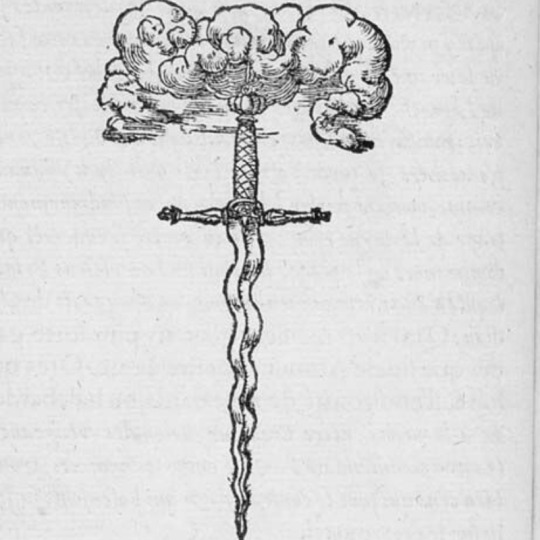


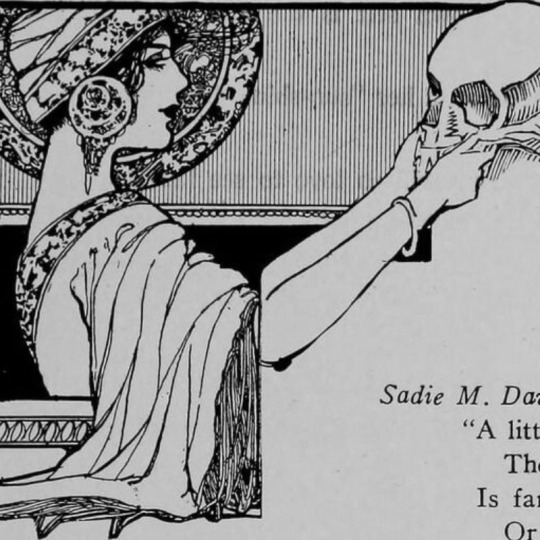

vintage illustrations + my tattoo list
#is from a bride book but the art is by john r neill#arthur rackham udine#also john r neill#from the 1914 book of shakespeare midsummer night's dream by i think william heath#it's by robert anning bell#the curiosities of kissing by alfred fowler but not sure if he's the artist#is in greek theatre costumes by iris brookes#in the book the golden fleece and the heroes who lived before achilles and the artist is willy pogany#in the book fairy tales by hans christian andersen and the artist is charles robinson#in line and form by walter crane#in the book kitchen maid and the artist is j. b. partridge#in the book the tale of lohengrin knight of the swan and the artist is willy pogany#in the book by john keats but idk the artist#in the book illustrators of montmartre by emanuel frank#in the book early poems of william morris#in the book the eve of st anges and artist is edmund h garrett#in the book home theatricals made easy or busy happy and merry#in the book the illustrated london instructor#in the book songs for little people and artist is h stratton#from alfred tennyson's poems and artist is eleanor forescue brickdale#artist is gerhard munthe#in arthur rackham's wagner ring cycle: the valkyrie#tiburtijnse sibille by jan luyken#by peter behrens#by shigeru hatsuyama#in the book devises heroiques by claude paradin#in the book price list of magical apparatus and illusions from 1884#in arthur rackham's ring cycle: valkyrie (this is my newest tattoo i got!!)#in scapel: the 1911 year book of the woman's medical college of pennsylvania#in the child world by artist c robinson
203 notes
·
View notes
Text
maybe i just didn't pay that much attention to it before, but the amount of super-ultra-extra christian god-honoring and most of all, god-fearing romanians truly, genuinely believe that Halloween is a holiday for worshipping the devil is fucking astounding. was this always this way or is this just a new fad brought on by the extreme right or whoever else associated with it?? And they teach this shit to kids as well so when you want to make a lesson abt it cause it's such a huge thing in the english speaking parts of the world they get all offended and try to lecture me about how it's a satanic holiday or whatever
#they're all about condamning pagan holidays and practices#but they call the birth of john the baptist sânziene and lock their doors tight on the ev of st andrew's#give me a fucking break#they cheered in 2015 when all those people got burnt alive in colectiv club to state tolerated and even sanctioned negligence#because those were ''bloody satanist metalheads''#and they cheered last year as well when the same thing happened in south korea#and they have the audacity to claim they love their fellow human beings
66 notes
·
View notes
Text

En ung kvinde betragter et sankthansbål (A young woman watching a bonfire at St. John's eve), circa 1908
Harald Slott-Møller
#Harald Slott-Møller#danish art#art#painting#art history#dark#scandinavian art#sunset#mood#St. John's eve#1900s
423 notes
·
View notes
Text
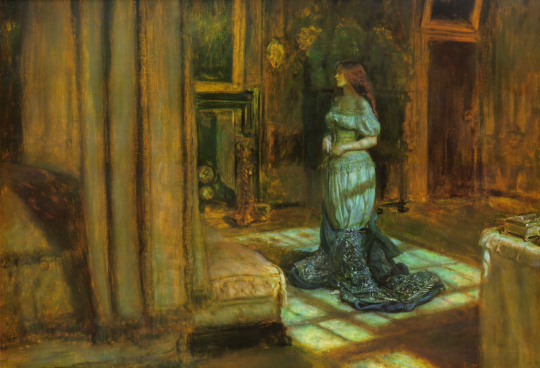
Eve of St Agnes, John Everett Millais (1863) The Royal Collection of the United Kingdom
#art#painting#art history#artists on tumblr#artwork#pretty art#beuatiful#john everett millais#eve of saint agnes#Eve of st agnes#royal collection#19th century art#19th century#pre raphaelism#pre raphaelite#1800s#1800s aesthetic#1800's#1800's art#woman portrait#portrait#peinture#peinture figurative#british art#british painter#classic painting#classical art#classic art#classic#oilpainting
198 notes
·
View notes
Text


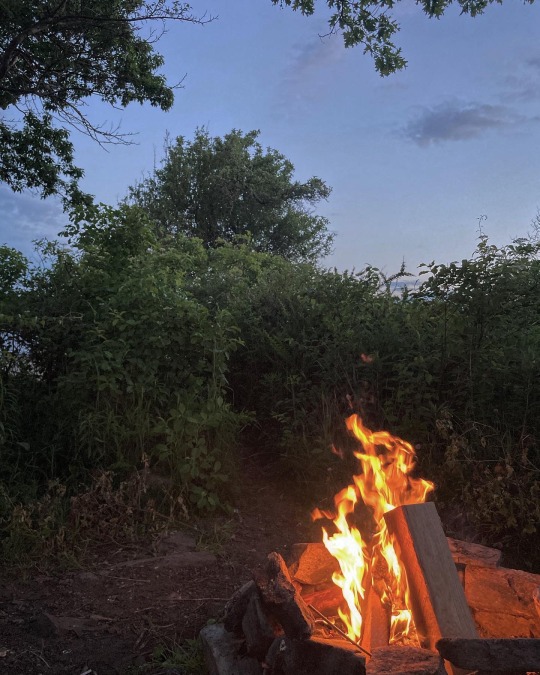
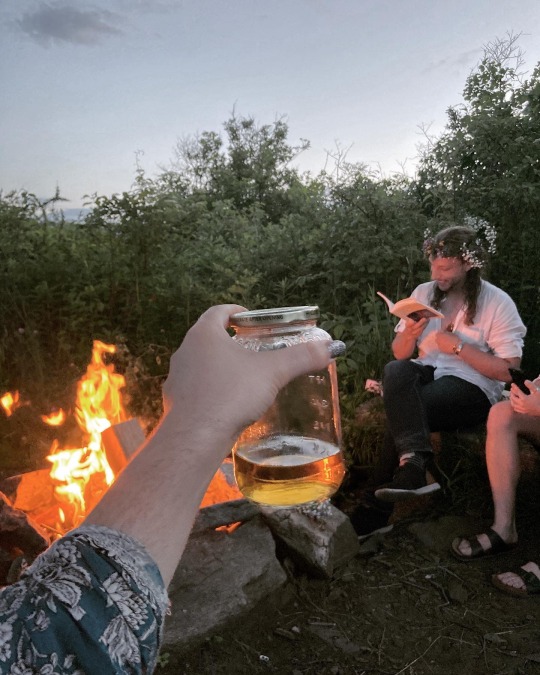






So much joy swimming in the cold ocean, eating at sunset on the rocks, and singing by the fire with good people.
Midsummer, or St John's Eve, may have its roots in the ancient past, a vague honoring of the longest days of the year. Or it might be a totally medieval invention!
The name Midsummer (middle of summer) hints at an older idea of seasons. It is also called Bonfire Night in Ireland, and bone-fires are central to the holiday all over Europe.
Huge thanks to @bederpin for stepping into a festival photographer role and taking all the good pictures in these Midsummer posts.
…
[Image descriptions: (1) Me smiling over my shoulder, wearing a flower crown, pearl earring, and a turquoise and white floral blouse. (2) My hand holds herbs over a kindling fire. I’m wearing a bracelet and a prominent ring. (3) A photo of the fire, and the dark bushes at dusk. (4) My hand holds out a jar of whiskey toward Demetri, who is reading a book on the other side of the fire. (5) Me wearing the same, holding a small ziploc bag, talking or laughing, underbrush and a darkening pinkish sky behind me. (6) Demetri wearing a flower crown, crouched next to the same fire. A lobster cage is visible by the bushes behind him. (7) Me smiling at the camera wearing the same, with ocean water and an island behind me. (8) Demetri perched smiling in a tree with only a blue sky behind him. He is wearing a white blouse, jeans, and a flower crown. (9) Demetri smiling at the camera across a wide stretch of underbrush, surrounded by greenery and a sunset sky. (10) Demetri and I lying on the rocks next to a picnic bag, wearing flower crowns. My eyes are closed, and Demetri looks over me to the camera, poised with food in his hand. (11) A video of the fire, that pans upward toward the lobster cage and the sky. I am singing in the background. End descriptions.]
71 notes
·
View notes
Text

John Everett Millais (1829-1896), “Madeleine Undressing – Eve of St. Agnes” (1863), oil on canvas, 154.3 x 117.8 cm.
88 notes
·
View notes
Text
The St. John's fire, also called, Midsummer-fire has long been regarded as able to give abundance for the year and the same time to clear out the vermin. The people scatter little pieces of paper in the fire exclaiming, "In paper, out fleas!"
9 notes
·
View notes
Text
Fun games to bond with your friends over, according to Nikolai: a) creating the events that will lead to a witch's death which will have you locked in a church overnight for 3 days straight as her corpse walks around you summoning evil spirits that will eat your soul and disfigure you beyond belief, b) borrow money from the man with piercing eyes who can be found in the desolate side of the village OR find a way to get his portrait in your possession only to find yourself falling into depravity and losing your mind before dying young and passing the curse onto someone else, c) being asked by a handsome man if you would like something in this life more than anything else and after telling him yes & what it is, waking up in a place between dimensions with him and a witch who kiIIs the closest relative of the person you love most before granting you your wish and stealing your memories, ultimately driving you and everyone around you insane and leading you and them to an early death
#muse: nikolai gogol.#Isn't he so thoughtful ^_^ AHSHDJJDJDJ in order of the works this post was inspired by: The Viy; The Mysterious Portrait; St. John's Eve
8 notes
·
View notes
Text
Happy belated solstice 🌞 my ADHD ass forgot to post this, but I wanted to share an Italian folk tradition done around the summer solstice. It’s not done exactly to the letter— it’s adapted due to limited access to herbs and flowers, however the spirit is the same!
I hope you all had a magical solstice, and perhaps you can incorporate this folk practice into future midsummer rituals!
#witchblr#witchcraft#folk magic#italian folk magic#summer solstice#litha#green witch#green witchcraft#eclectic witch#eclectic witchcraft#st. John’s eve#midsummer#folk traditions
16 notes
·
View notes
Text
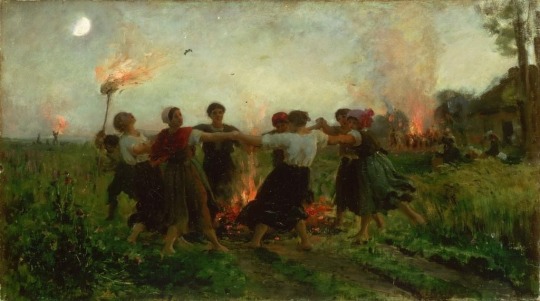
For centuries on St John's Eve (23rd June) fires have been lit to frighten away evil spirits that might be present now that nights have started lengthening. The tradition was widespread across Europe and locally it's been revived across Cornwall and in Devon.
Painting: The Feast of Saint John, by Jules Breton (1875)
#St John’s Eve#23rd June#fires#Europe#England#Cornwall#Devon#art#The Feast of Saint John#Jules Breton#ancestors alive!#what is remembered lives#memory & spirit of place#ancient ways#sacred ways#folkways#traditions#1875
102 notes
·
View notes